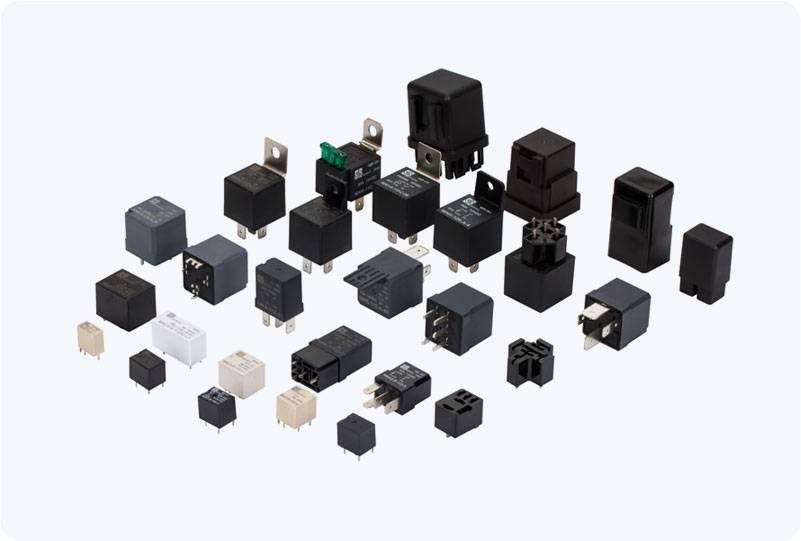The Dual Relay Module is a versatile and widely used component in the field of electronics and automation. This small but powerful device enables control of high-voltage devices such as home appliances, motors, and lights using low-voltage digital signals. It is commonly found in projects involving microcontrollers such as Arduino, Raspberry Pi, and ESP32. The ability to switch large currents with low-voltage signals is what makes the Dual Relay Module an essential tool for DIY electronics enthusiasts and engineers working in the Internet of Things (IoT) and home automation sectors.

What is a Dual Relay Module? A Relay is an electrically operated switch that allows you to control a high-voltage or high-current circuit with a low-voltage or low-current signal. A Dual Relay Module essentially incorporates two such relays into a single unit. Each relay can independently control a different high-voltage device, which makes it a convenient solution for projects requiring multiple controlled outputs. In a typical Dual Relay Module, there are several key components: Relay: A mechanical or solid-state switch that opens or closes a circuit when activated. Input Pins: These allow the control of the relay with low-voltage signals, usually from microcontrollers.